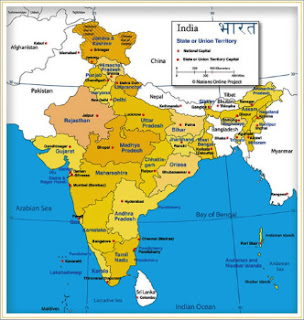The Patiala Gharana is one of the most
distinguished schools of Indian classical music, particularly in the realm of
Hindustani classical vocal music. Originating from the princely state of
Patiala in Punjab, this gharana
has made significant contributions to the rich tapestry of Indian music.
Origins
and Development:
The Patiala Gharana was established in
the early 20th century by Ustad Ali Baksh, also known as Ali Baksh
"Jarnail," and his younger brother, Ustad Mian Abdul Wahid Khan. The
gharana's origins are rooted in the rich musical traditions of the Punjab
region, blending elements of both North Indian classical and folk music.
Distinctive
Features:
The Patiala Gharana is renowned for
its unique approach to classical singing, which emphasizes emotional expression
and a melodious, intricate style. This gharana is particularly noted for its
innovative renditions of raags (musical scales) and its distinctive approach to
improvisation. Key characteristics include:
1. Ghazal and Thumri Styles: The
Patiala Gharana has made significant contributions to the development of thumri
and ghazal forms, infusing them with its distinct style. These forms are
characterized by their emotive lyrics and elaborate improvisations.
2. Riyaaz (Practice): Rigorous
training and practice, or riyaaz, are central to the Patiala Gharana’s
tradition. Emphasis is placed on mastering complex vocal techniques and
developing a deep emotional connection with the music.
3. Bandish (Compositions): The gharana
is known for its complex bandish (compositions), which include intricate
patterns and embellishments. These compositions are performed with a high
degree of improvisation, showcasing the performer’s skill and creativity.
Prominent
Exponents:
Several legendary musicians have
represented the Patiala Gharana, contributing to its acclaim and preservation.
Notable exponents include Ustad Bade Ghulam Ali Khan, Ustad Amir Khan, and
Ustad Mubarak Ali Khan. Their performances and recordings have played a crucial
role in popularizing the gharana’s distinctive style.
Legacy
and Influence:
The Patiala Gharana continues to be a
major force in Indian classical music, influencing contemporary performers and
composers. Its commitment to excellence, emotional depth, and intricate
musicality ensures that its rich heritage remains an integral part of the
classical music landscape.
In summary, the Patiala Gharana is
celebrated for its profound impact on Hindustani classical music, characterized
by its emotive style, innovative approach, and enduring legacy.












